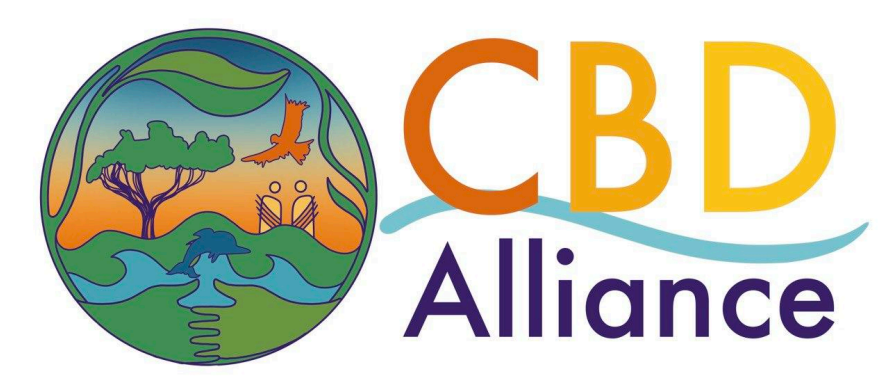Novel synthetic biology applications, such as those designed to possess self-spreading capabilities, to perform wild ecosystem-wide engineering, or to use the world’s genetic biodiversity for the production of AI-generated artificial genetic sequences, pose serious challenges to biosafety regulations and risk assessments. Such conceptual and biological novelties raise a wide range of ecological, health, socio-economic, cultural and ethical concerns. Significant hype also surrounds the industry, warranting careful scrutiny over which are the most viable, locally appropriate and less risky approaches for protecting biodiversity and human well-being.
Novel ‘synbio’ technologies urgently require a precautionary approach to their regulation, including broad and regular horizon scanning and in-depth assessments of their potential impacts on biodiversity.
Broad, multidisciplinary expertise, including of rights-holders, are required to assess the full range of potential biosafety, socio-economic, ethical and cultural risks, as well as provide broader scientific assessments e.g. of cumulative/long term impacts, efficacy, veracity of claims of benefits. Such assessments can complement, not duplicate the work under the Cartagena Protocol. They can also include interrelated issues such as fair and equitable benefit sharing arising from the use of digital sequence information on genetic resources.
Lessons can be learnt from the parallel situation with LMO crop technologies. After three decades of LMO crop commercialisation, there is an accumulation of evidence linking them to adverse socio-economic impacts on farmers’ livelihoods, repeated technology failures, pesticide-associated health impacts, and potential biodiversity loss. Calls for more holistic assessments have ensued.
Without the capacity for countries to be able to horizon-scan, monitor and assess novel and potentially risky synthetic biology technologies, countries may be exposed to bearing the brunt of risks, and potentially paving the way for inequitable ‘technology dumping’ of ineffective technologies.
Capacity building and development, access to and transfer of technology, and knowledge sharing, and the proposed thematic action plan in section (A) of the draft decision, needs to thus be developed in the context of precaution, by incorporating elements of Section (B), to include on broad and regular horizon scanning, monitoring and assessment, with a thematic action plan developed in this context. Technologies assessed and transferred need to be locally appropriate and environmentally-sound, in accordance with Article 7, 14, and 19, paragraph 4.
A continued broad and regular horizon-scanning, monitoring and assessment process (Section B) is also required through re-establishment of the multidisci-plinary AHTEG, and adopting the recommendations of its recent work to perform in-depth assessments of the prioritised topics of self-spreading vaccines for wildlife, the integration of AI and machine learning with
genetic engineering, and engineered gene drives. Otherwise the process risks becoming empty.
For precaution and equity to prevail, balance between capacity building for R&D, and the capacity to assess against risks, must be restored.
